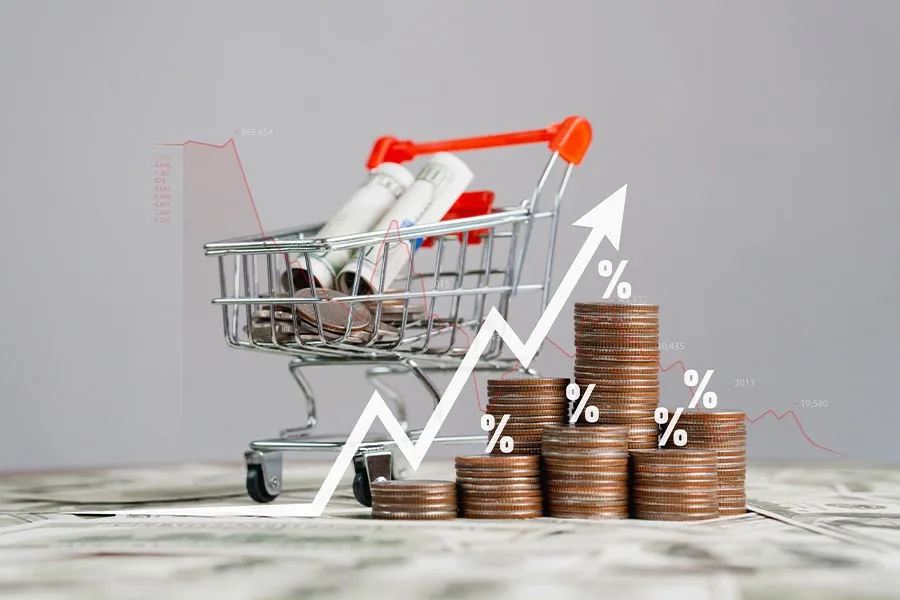Over the past few years, inflation has made a powerful return to the global economic stage, impacting not only national budgets and central banks but also the everyday lives of ordinary people. As prices rise, households across the world are forced to reconsider their spending, rethink priorities, and make trade-offs they never anticipated. From groceries to vacations, the ripple effects of inflation are reshaping consumer behavior in profound ways.
Advertisement
Understanding Inflation: A Brief Overview
At its core, inflation is the rate at which the general level of prices for goods and services rises, thereby decreasing purchasing power. When inflation rises rapidly — especially without a corresponding increase in wages — it becomes harder for people to afford the same standard of living. Central banks aim to keep inflation moderate and predictable, but in times of economic stress — such as during or after a pandemic, a war, or a supply-chain crisis — inflation can spiral.
In many countries, inflation reached levels unseen in decades. From 2021 to 2023, inflation in the U.S., Europe, and other major economies consistently surpassed targets, driven by a mixture of supply chain disruptions, rising energy costs, and increased demand. This trend has fundamentally changed how individuals approach daily spending.
1. The Grocery Basket: Shrinking and Shifting
Food prices are one of the first and most noticeable areas where consumers feel inflation. Whether it’s a loaf of bread, a carton of eggs, or a bag of rice, nearly every staple has become more expensive. According to the USDA, grocery prices in the U.S. rose by over 11% in 2022 alone, with similar trends in the UK, EU, and beyond.
